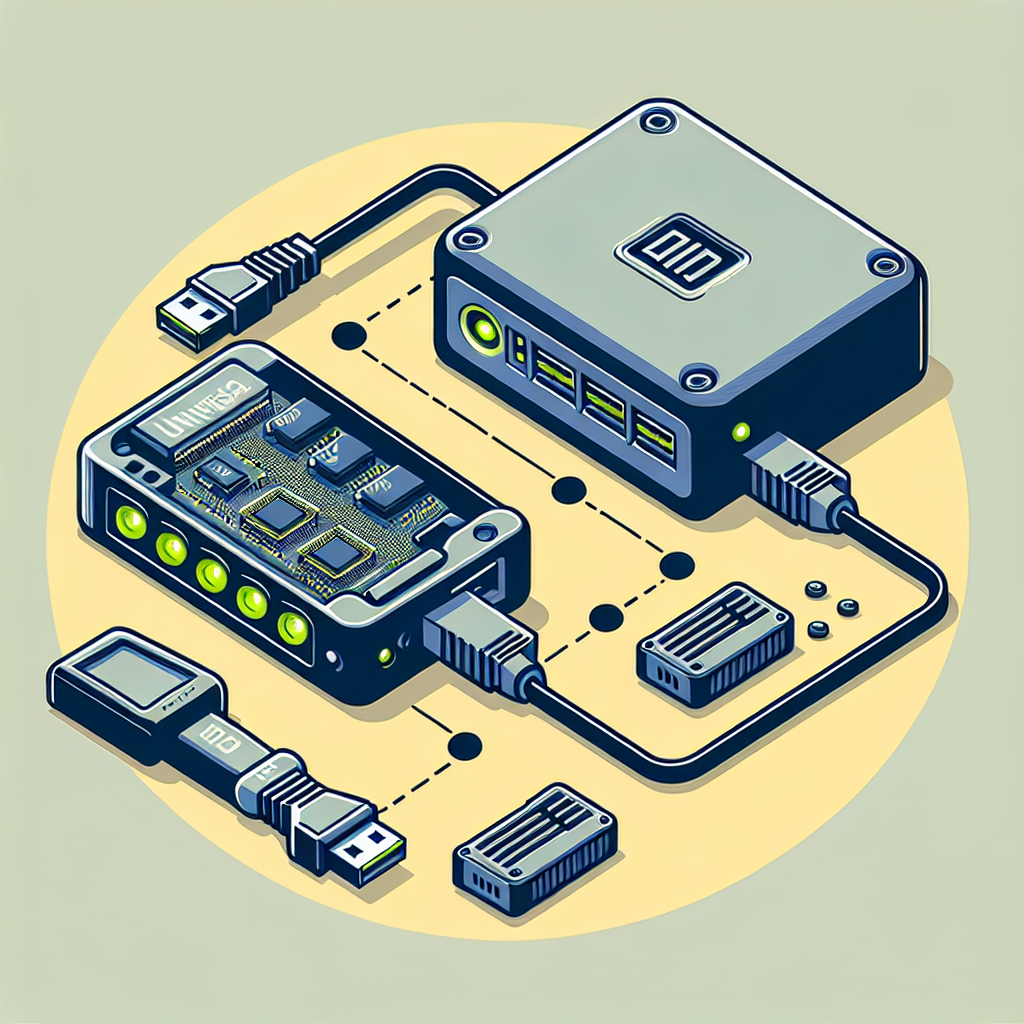When setting up a Network Attached Storage (NAS) device, ensuring that your network adapter is compatible is crucial for optimal performance and data integrity. This guide walks you through the steps to verify compatibility between a network adapter and a NAS device, covering various aspects such as connection types, data transfer speeds, and software requirements.
Understanding Connection Types
The first step in checking compatibility is understanding the different connection types available. Network adapters and NAS devices can utilize various interface types, including:
- Ethernet: The most common interface, often supporting speeds of 10/100/1000/10000 Mbps.
- Wi-Fi: Ideal for wireless connections, but usually offers slower speeds than wired connections.
- Fiber Optic: Used for high-speed data transfer, ensuring minimal latency.
Most NAS devices come with one or more Ethernet ports, while high-end models may also support fiber optic connections.
| Connection Type | Speed | Common Usage |
|---|---|---|
| Ethernet | 10/100/1000/10000 Mbps | General network connectivity |
| Wi-Fi | Up to 1200 Mbps | Wireless access |
| Fiber Optic | Up to 100 Gbps | High-performance networking |
Checking Speed Compatibility
The second factor to consider is the speed compatibility between the network adapter and the NAS device. Both your NAS device and network adapter should ideally support the same speed to ensure efficient data transfer.
- Check the speed ratings: Network adapters and NAS devices typically list their supported speeds. Make sure these match or that your network adapter supports a higher speed than your NAS device.
- Gigabit vs. Megabit: If your NAS device supports Gigabit Ethernet, ensure your network adapter also supports it for optimal performance.
Software and Driver Compatibility
Software compatibility is another critical factor. Ensure the network adapter’s drivers are compatible with the operating system of your NAS device.
- Check OS compatibility: Verify that the network adapter’s drivers are supported by the NAS device’s OS. This information is usually available on the manufacturer’s website.
- Firmware updates: Ensure both your NAS device and network adapter have the latest firmware updates installed to improve compatibility and performance.
Additional Features and Support
Lastly, consider any additional features or support options that may affect compatibility:
- Jumbo Frame Support: Jumbo frames can improve network efficiency. Verify if both your network adapter and NAS device support it.
- QoS (Quality of Service): Some network adapters and NAS devices support QoS for better performance management.
- Technical support: Check if both devices come with comprehensive technical support in case you run into compatibility issues.
Testing Compatibility
After considering all the above factors, the final step is to test the compatibility between the network adapter and the NAS device:
- Connect the devices: Physically connect the network adapter to the NAS device using the appropriate cables.
- Check the connection status: Look for indicators such as LED lights on both devices that confirm they are communicating correctly.
- Run a data transfer test: Transfer a large file between your computer and the NAS device to verify that the connection is stable and supports the expected speed.
Troubleshooting
If you encounter any issues, consider the following troubleshooting steps:
- Update drivers and firmware: Ensure both devices have the latest updates installed.
- Check cables: Ensure all cables are securely connected and functioning properly.
- Consult manuals: Refer to the user manuals for both devices for additional troubleshooting steps.
Conclusion
Verifying compatibility between a network adapter and a NAS device involves checking connection types, speed ratings, software compatibility, and additional features. By following the steps outlined in this guide, you can ensure a seamless and efficient connection, enhancing your overall network performance.

